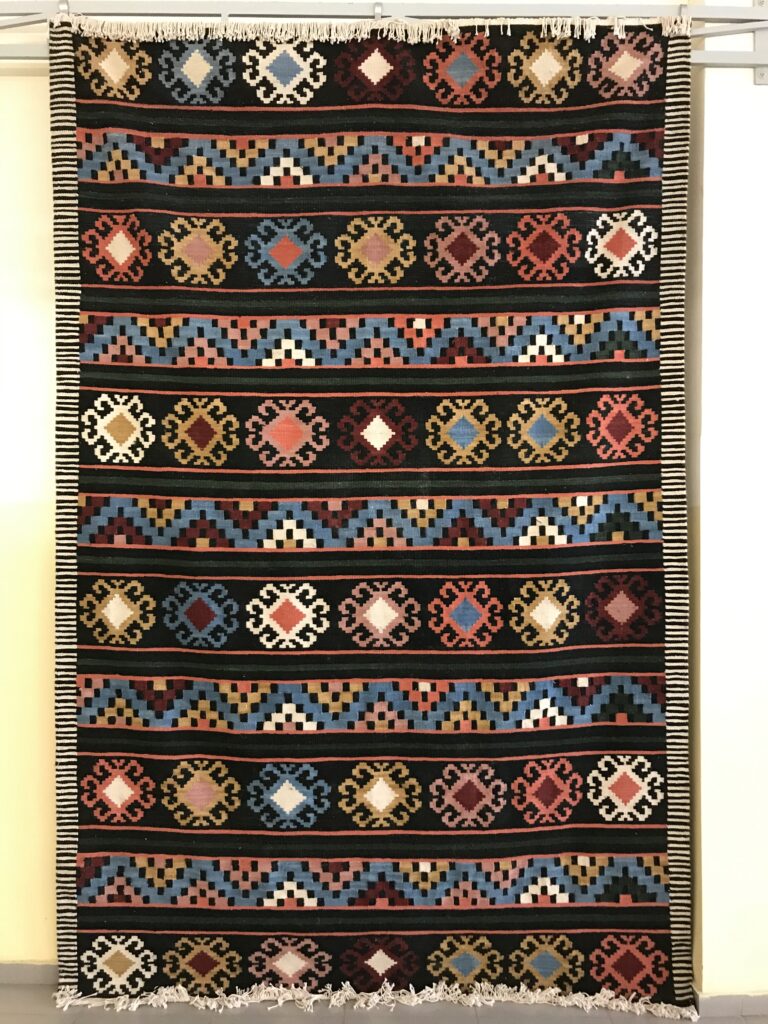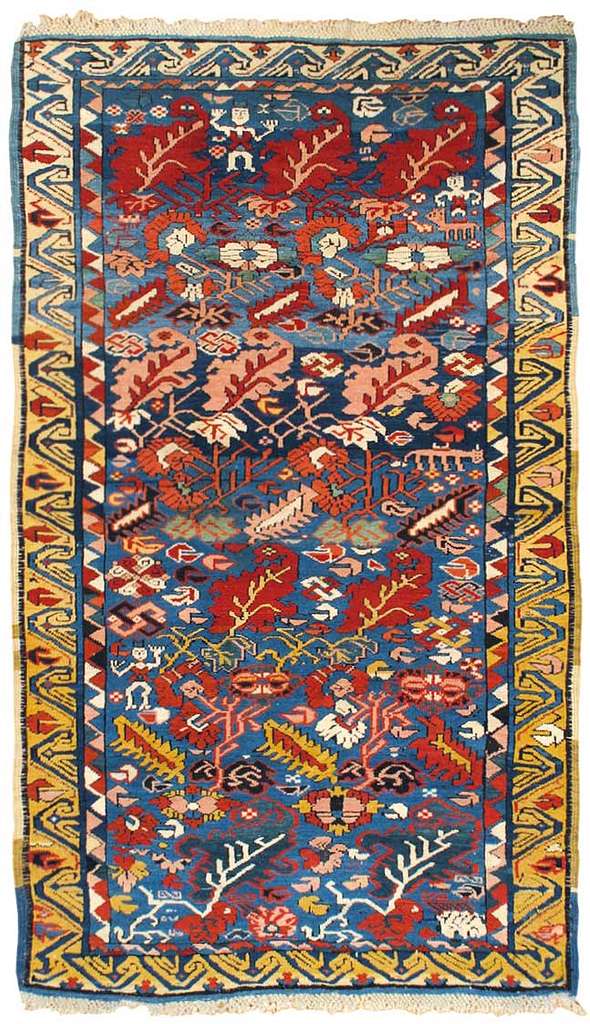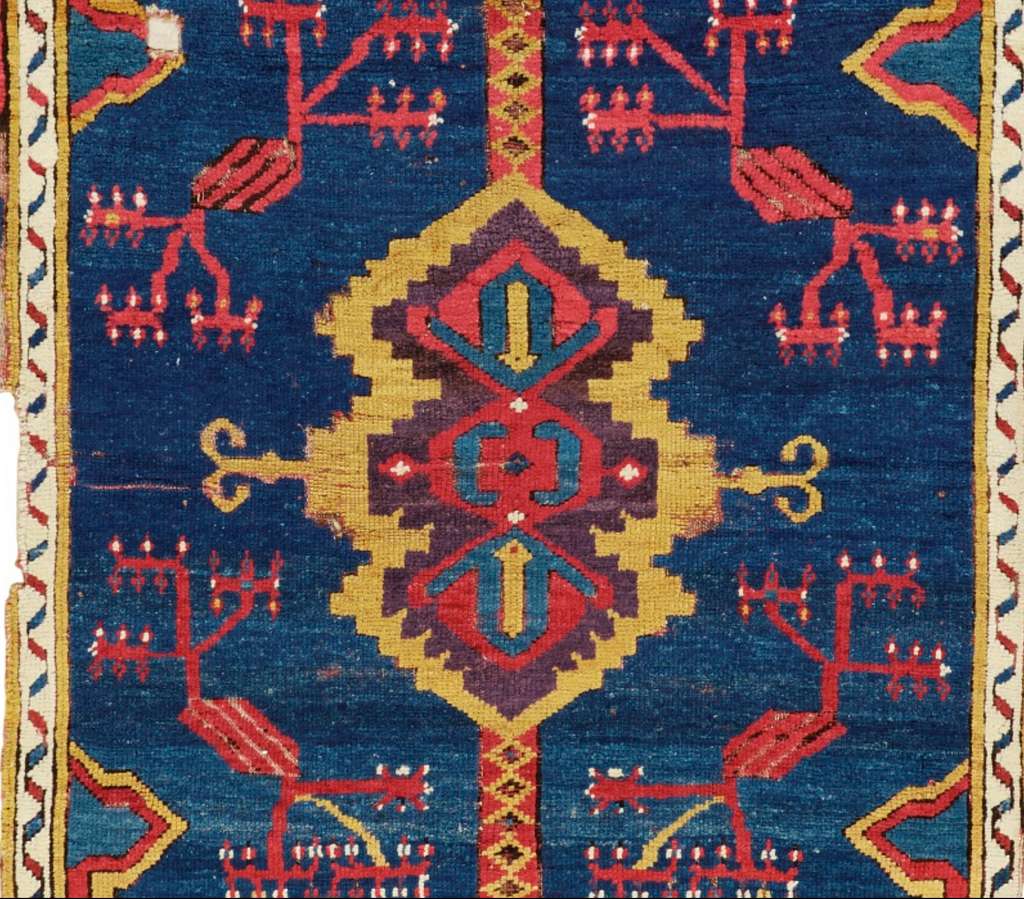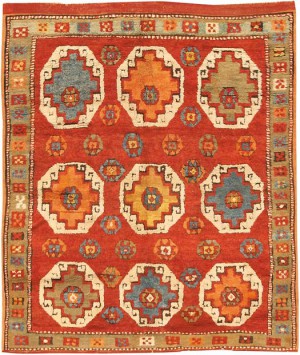There are people that hire an interior designer for the decoration of their house. There are others that for various reasons travel around the world like nomads and fill their houses with ornaments and objects from the most different cultures and countries.
Tribal rugs are not just textiles; they are narratives woven into the fabric of history, embodying the spirit of the nomadic tribes that have crafted them for centuries. These unique pieces of art serve as a testament to the enduring legacy of tribal communities, their culture, and their way of life.

The Essence of Tribal Rugs
At the core of every tribal rug is a story, a piece of heritage passed down through generations. Originating from the heartlands of nomadic cultures, these rugs are more than mere decorations; they are symbols of identity and survival. Woven by hand with skills perfected over millennia, tribal rugs reflect the artistic expression and the intrinsic values of their makers. Their simplicity is deceptive, revealing a depth of meaning and a complexity of design upon closer inspection.

What object suits their houses better than a tribal rug?
Those rugs may be the best material expression of the pilgrim soul in them. Tribal rugs are small handmade handicrafts woven for centuries by nomadic tribes. They are associated with a special social organization and living style and also are important part of tribal identity. Despite the fact that tribal rugs are simpler compared to other hand-made carpets produced in Asian countries, they are highly appreciated for their simplicity. Nomads have handed down their weaving skills since centuries and it seems that nothing has changed in their weaving techniques.
At first, they used them as floor coverings and protection form wind and cold weather. As centuries passed away, tribal rugs started their own journey to other countries and continents. Foreigners were impressed by the rich colors and design of hand-made rugs. The good thing is that there are small villages or tribes that continue to weave their traditional rugs for trade. While in the east rugs and carpets are made for trade and or other purposes, in western countries oriental rugs are considered sophisticated handicrafts that can change the appearance of the house.
They look nice in every season, in winter or summer due to their simple design and impressing patterns. Another good thing is that these rugs can match exactly with all home furnishing products. When walking on a tribal rug one will always feel the hot desert sand under his bare feet.
Craftsmanship Passed Through Ages

The weaving techniques used to create tribal rugs have remained largely unchanged, a tribute to the craftsmanship of their creators. These techniques are a legacy, handed down from parent to child, ensuring that the art form endures. The materials used—wool, cotton, and sometimes silk—are sourced from the tribes’ surroundings, linking each rug directly to the landscape from which it originates.
A Tapestry of Life
Originally, these rugs served practical purposes: providing warmth, comfort, and protection against the elements. Yet, as they traveled beyond their tribal origins, carried along trade routes and through interactions with foreign lands, they began to assume a new role. Tribal rugs became ambassadors of culture, enchanting foreigners with their vibrant colors, intricate patterns, and the stories woven into their very threads.
Global Appreciation and Adaptation


Today, tribal rugs find themselves at the intersection of tradition and modernity. They are celebrated across the globe, not only for their aesthetic appeal but also for their cultural significance. In the West, these rugs are often seen as sophisticated elements of home décor, capable of transforming any space with their rich textures and designs. They complement various interior styles, from rustic to contemporary, proving that traditional craftsmanship can find a place in modern homes.
The Unchanging Appeal of Tribal Rugs
One of the remarkable qualities of tribal rugs is their timeless appeal. Whether under the scorching sun of summer or the cool breezes of winter, these rugs maintain their allure. Their designs, a mix of geometric patterns and symbolic motifs, tell tales of ancient beliefs, rites, and the natural world as seen through the eyes of their creators.
Harmonizing with Home Decor
Tribal rugs possess an inherent versatility that allows them to blend seamlessly with any home furnishing. Their rich palette of colors and unique patterns can serve as focal points or complementary elements in a room, enhancing the overall ambiance. Walking on a tribal rug, one can almost sense the vast deserts, towering mountains, and lush pastures that are part of the nomadic landscape, bringing a touch of the exotic to the everyday.
The Living Legacy of Tribal Rugs
As we integrate tribal rugs into our homes, we do more than decorate our spaces; we keep alive the traditions and stories of nomadic cultures. These rugs serve as bridges, connecting us to the past and to the diverse peoples whose hands have crafted beauty from the fabric of their lives. In every knot and weave lies the essence of a journey—a journey that continues with each new home they grace, ensuring that the spirit of the tribal nomad lives on in our modern world.


